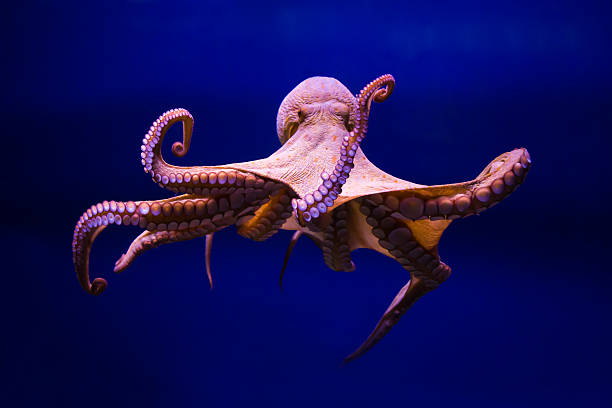
So, here we go again…intertwining two seemingly unrelated topics — creativity and eight-limbed ocean dwellers — in one interesting blog.
Over the years, as my readers know, I’ve enjoyed discussing fresh sources of innovation. Today, it’s the octopus.
First some technical details: Octopuses have eight arms, round bodies and bulging bilateral eyes. The 300 species of octopuses live in all the world’s oceans, but prefer warmer, tropical waters. They typically only live between 1 and 2 years, but during that time they like to play.
That leads us to the good stuff: These creative, intelligent creatures can problem solve and are masterful mimics. Some species can even change the texture of their skin to better hunt and evade predators. Plus, they all lack a rigid skeleton, which lets them contort themselves into amazing shapes.
Check out the mimic octopus:

Yet how does a creature that can only see in black and white make these changes? They control special cells just under their skin’s surface — chromatophores — which hold pigment and change color within milliseconds. Controlled like muscles, these cells can help many octopuses “see” with their arms and learn the patterns, colors, and textures of other animals they want to imitate.
Sy Montgomery, author of The Soul of an Octopus shares, “three-fifths of an octopus’ neurons are not in their brain, but in their arms,” which “suggests that each arm has a mind of its own”. These arms have sensory capabilities (smell and taste) as well as reach, and can even continue to grasp if severed from the body.
Wile. E. Octopus Creativity
The octopus is a living example of the sentiment in my first blog of 2019, Becoming Uncomfortable. The octopus is always exposing itself to new environments and facing predators. With creativity and intelligent problem-solving it succeeds. Just as humans need to put themselves out there and expose themselves to new backgrounds, experiences, and more. We can’t blend in like the octopus, so we have to become uncomfortable, but it’s worth it.
There’s also something we can gain from thinking about the octopuses seeing with their arms. Think how humans might engage differently if we could see with our arms? We’d be sure to look at tasks in a different manner when thinking critically about process.
Finally, let’s consider what we’d do with better camouflage. I don’t mean you should wear a disguise at work! Still, what if you were to try to camouflage your thinking. You too can be a masterful mimic to problem solve or put yourself in the shoes of the client: “I am not the sales engineer but the lead process engineer” or “I am the Director of Capital Purchasing” or “I am the entrepreneur who needs advice for a process solution while spending my own money.”
We’re still stuck with bones, so we can’t morph into all the different shapes this amazing creature can manage. A 600-pound octopus can get through a pathway the diameter of a quarter! Yet, the octopus’s sense of adventure also underlines my suggestion to get out into the world and see what’s going on for a new perspective on process solutions and life in general.
I hope you’ll have some fun with this and think about the octopus next time you want to be creative!

